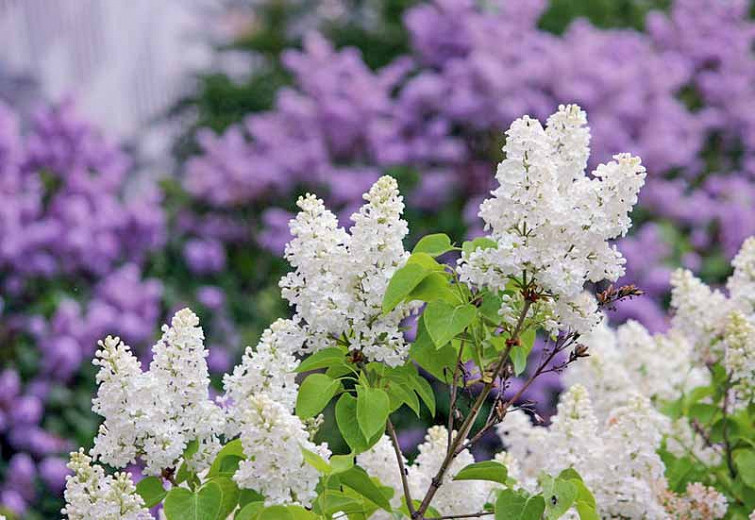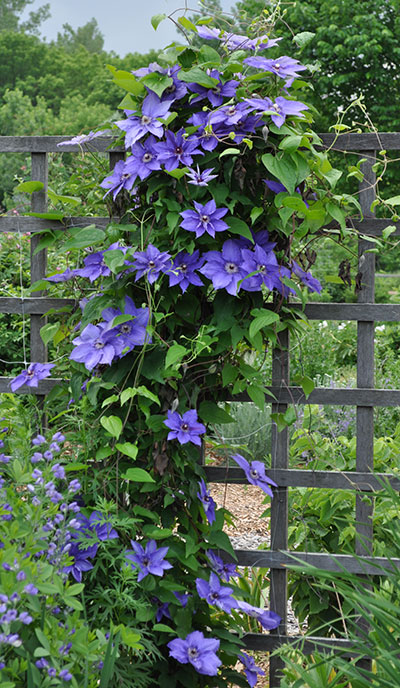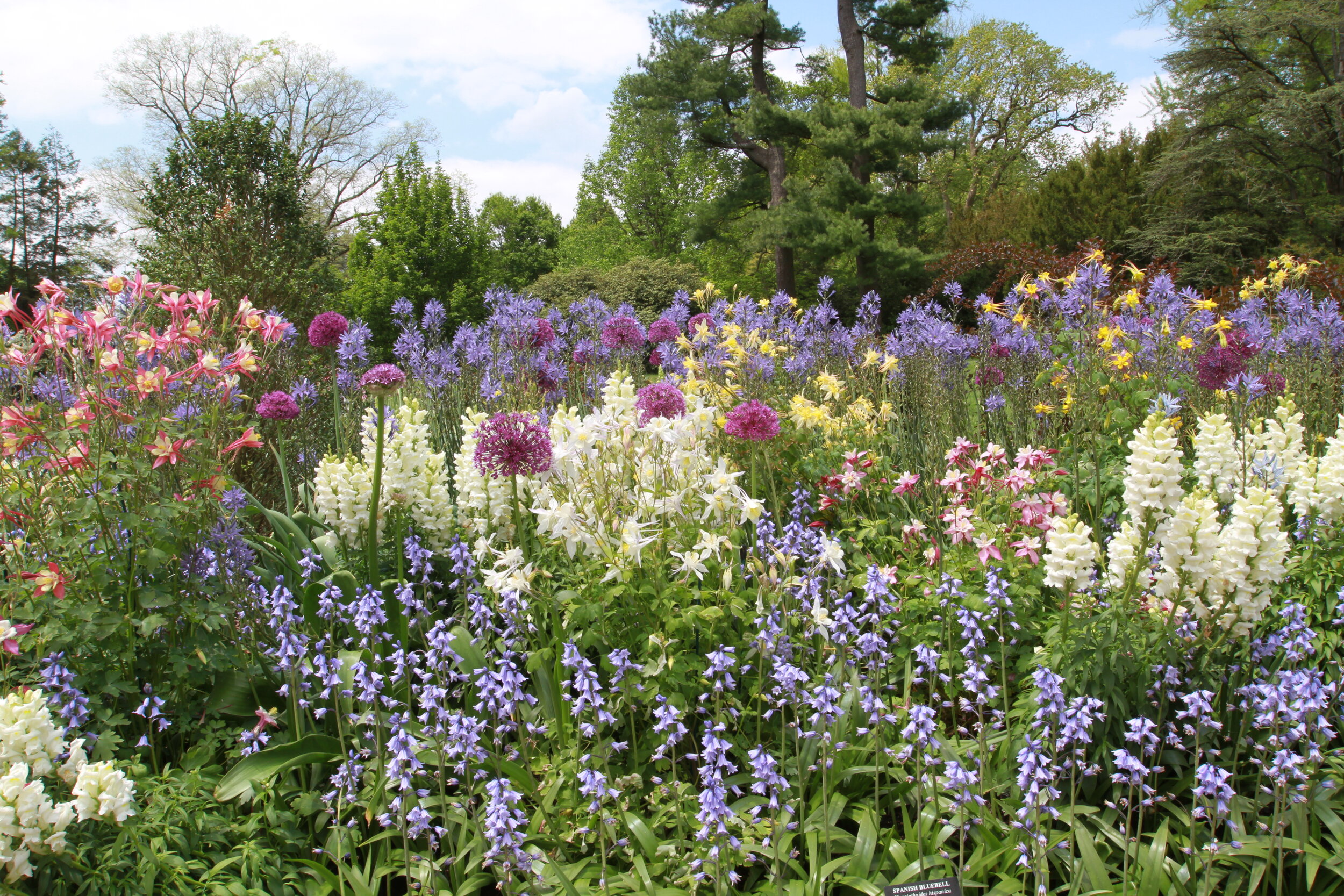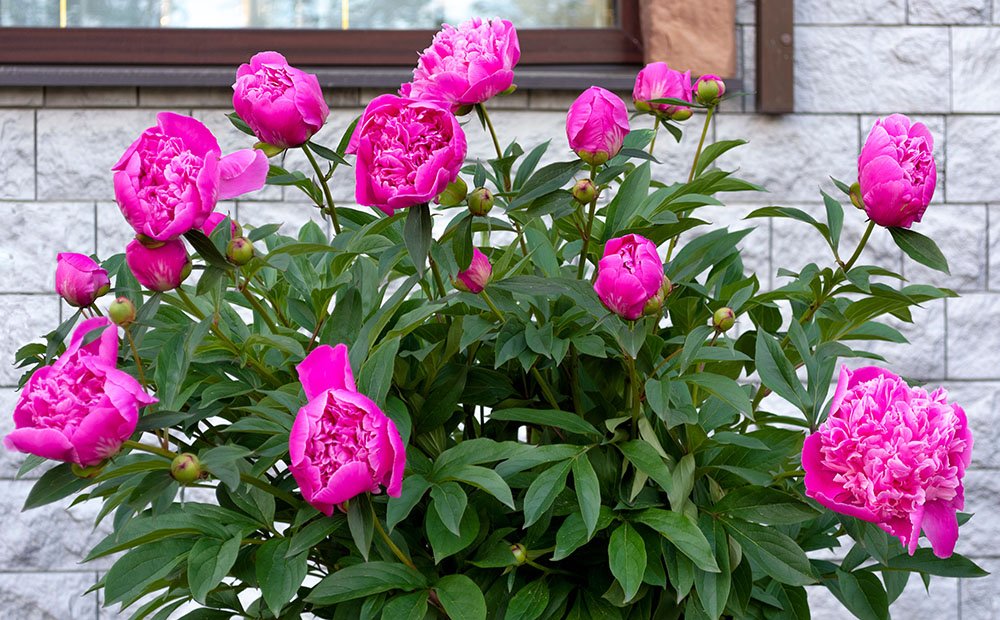Lilac Companion Plants That Will Make Your Garden Sing
Lilac Companion Plants That Will Make Your Garden Sing
Lilacs are a beloved sight in gardens all over the world. Their beautiful blooms and intoxicating fragrance make them a welcome addition to any landscape. But did you know that there are certain plants that can make your lilacs even more stunning?
Companion planting is the practice of planting different types of plants together to create a more harmonious and productive garden. When choosing companion plants for lilacs, there are a few things to keep in mind.
First, you'll want to consider the size and growth habit of the lilac bush. Some lilacs can grow quite tall and wide, so you'll need to choose companion plants that won't be overwhelmed.
Second, you'll want to think about the color and texture of the lilac flowers. Lilacs come in a variety of colors, so you can choose companion plants that will complement or contrast the lilac blooms.
Finally, you'll want to consider the needs of the lilac bush. Lilacs prefer full sun and well-drained soil. So, you'll want to choose companion plants that have similar needs.
With these factors in mind, here are some of the best companion plants for lilacs:
- Clematis: This vining plant is a beautiful and fragrant addition to any garden. It blooms in the spring and summer, and its flowers come in a variety of colors, including blue, purple, pink, and white. Clematis is a good choice for companion planting with lilacs because it will climb up the lilac bush and add height and interest to the garden.

- Daylilies: These colorful flowers are a popular choice for gardens because they are easy to care for and bloom for a long period of time. Daylilies come in a variety of colors, so you can choose ones that complement the lilac blooms. They also bloom at the same time as lilacs, so you'll have a long period of colorful blooms in your garden.

- Hostas: These shade-loving plants are a great way to add interest to the understory of a lilac bush. Hostas come in a variety of colors and leaf shapes, so you can find ones that will complement the lilac blooms. They also help to suppress weeds and improve the drainage around the lilac bush.

- Peonies: These elegant flowers are a classic choice for gardens. They bloom in the spring, and their flowers come in a variety of colors, including pink, white, and yellow. Peonies are a good choice for companion planting with lilacs because they have similar growing requirements. They also help to attract pollinators to the garden.
- Spiraea: This shrub is a good choice for companion planting with lilacs because it blooms at the same time and has similar growing requirements. Spirea comes in a variety of colors, so you can find ones that will complement the lilac blooms. It also helps to attract pollinators to the garden.

These are just a few of the many companion plants that can be grown with lilacs. By choosing the right companion plants, you can create a beautiful and harmonious garden that will be a source of enjoyment for years to come.
Lilacs are a beautiful and fragrant addition to any garden, but they can be even more stunning when paired with the right companion plants. Here are a few of our favorites:
- Clematis: This vining plant adds a touch of elegance to any lilac bush, and it will bloom for several weeks after the lilacs have finished flowering.

- Daylilies: These colorful flowers come in a wide variety of colors, so you can find the perfect match for your lilac bush. They also bloom for several weeks, so you'll enjoy their beauty all season long.
- Hostas: These shade-loving plants provide a lush backdrop for your lilac bush, and their large, showy leaves will add interest to your garden even after the lilacs have finished blooming.

- Peonies: These stately flowers are a classic choice for companion plants for lilacs. They come in a variety of colors, and they're known for their beautiful blooms and intoxicating fragrance.
For more information about lilac companion plants, please visit Gardenia Inspiration. This website has a comprehensive list of plants that will complement your lilacs, as well as tips on how to plant and care for them.
FAQ of lilac companion plants
Q: What are some good companion plants for lilacs?
A: There are many different plants that can be good companions for lilacs, but some of the most popular include:
- Herbaceous peonies: These plants have similar bloom times to lilacs and complement their colors well. They also help to hide the lilac's poorly clad legs.
- Daylilies: These plants bloom in the summer, so they can help to extend the flowering season in your garden. They also come in a wide variety of colors, so you can find some that will complement your lilacs.
- Hostas: These plants are known for their lush foliage, which can help to add visual interest to your garden. They also provide some shade for the lilac's roots, which can help to prevent them from drying out.

- Coneflowers: These plants have daisy-like flowers that bloom in the summer. They come in a variety of colors, so you can find some that will complement your lilacs.
- Lavender: This plant has a similar fragrance to lilacs, so it can help to create a fragrant garden. It also attracts bees and butterflies, which can add to the beauty of your garden.

Q: What should I avoid planting near lilacs?
A: There are a few plants that you should avoid planting near lilacs, as they can compete with them for water and nutrients. These plants include:
- Weeping willows: These trees have a large root system that can take up a lot of water and nutrients from the soil.
- Hollies: These shrubs can also have a large root system, and they can also shade out lilacs.

- Rhododendrons: These shrubs prefer acidic soil, while lilacs prefer alkaline soil. Planting them together can stress both plants.
Q: What is the best way to plant companion plants with lilacs?
A: When planting companion plants with lilacs, it is important to choose plants that have similar water and nutrient requirements. You should also plant them at the same depth as the lilac.
It is also a good idea to plant companion plants in a staggered pattern, so that they do not compete with each other for sunlight. This will help to create a more balanced and harmonious garden.
Q: How do I care for companion plants with lilacs?
A: The care requirements for companion plants will vary depending on the specific plant. However, in general, you should water companion plants regularly, especially during the first year after planting. You should also fertilize them once a year in the spring.
It is also a good idea to deadhead companion plants regularly, to encourage new growth. This will help to keep your garden looking its best.
Q: Where can I find more information about lilac companion plants?
A: There are many resources available to help you learn more about lilac companion plants. Some of these resources include:
- Books: There are several books available that focus on companion planting. These books can provide you with detailed information about which plants are compatible with lilacs.
- Websites: There are many websites that offer information about lilac companion plants. These websites can provide you with quick and easy tips on how to plant and care for these plants.
- Garden centers: Many garden centers have staff members who are knowledgeable about companion planting. They can help you choose the right plants for your lilac and provide you with tips on how to care for them.
Image of lilac companion plants
- Daffodils: Daffodils are a popular spring bulb that blooms around the same time as lilacs. They come in a variety of colors, so you can choose ones that complement the color of your lilac bush.

- Tulips: Tulips are another popular spring bulb that can be planted near lilacs. They come in a variety of colors, including red, yellow, pink, and purple.

- Grape hyacinths: Grape hyacinths are a type of bulb that blooms in early spring. They have small, blue flowers that look like grape clusters.

- Peonies: Peonies are a type of herbaceous perennial that blooms in late spring. They come in a variety of colors, including pink, red, white, and yellow.

- Hostas: Hostas are a type of shade-loving perennial that can be planted near lilacs. They come in a variety of colors, including green, yellow, and purple.




Post a Comment for " Lilac Companion Plants That Will Make Your Garden Sing"